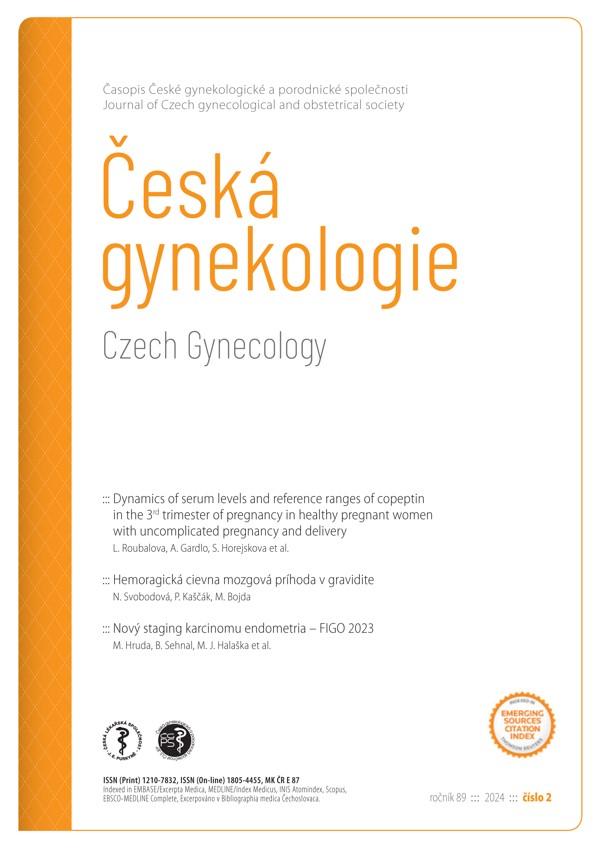Fecal incontinence risk factors and pregnancy
Keywords:
pregnancy, childbirth, fecal incontinence, constipation, risk factorsAbstract
Materials and methods: We conducted an analysis on 231 pregnant women. A proctologist examined the patients three times: in the 1st trimester (within the first 15 weeks), in the 3rd trimester (29–40 weeks), and 12 months after childbirth. Results: The total number of fecal incontinence observations among women included in the study was 66 cases (28.6%), detected at the final visit. Risk factors for fecal incontinence with a high probability were age over 36 years (P = 0.001), low physical activity (P = 0.034), three or more pregnancies resulting in childbirth (P = 0.022), history of hemorrhoids (P = 0.027), perianal discomfort on the first visit (P = 0.045), and constipation on the first visit (P = 0.006). Factors such as being overweight, marital status, education, living conditions, living area, and infant size did not have significance for fecal incontinence. Discussion: Pregnancy- and obstetric-related risk factors contributing to fecal incontinence are multifactorial, including factors such as multiple childbirths with trauma to the pelvic muscles or anal sphincter muscles, chronic constipation, age, and vaginal deliveries. However, currently, there is no clear concept for the prevention of fecal incontinence in pregnant women. Conclusion: The prevalence of fecal incontinence among pregnant women is 12.9%, which increases to 28.6% one year after childbirth. The most common complaint was involuntary passage of intestinal gas. Risk factors for fecal incontinence with a high probability included being over 36-years old, low physical activity, three or more pregnancies resulting in childbirth, a history of hemorrhoids, perianal discomfort, and constipation in the 1st trimester of pregnancy.


